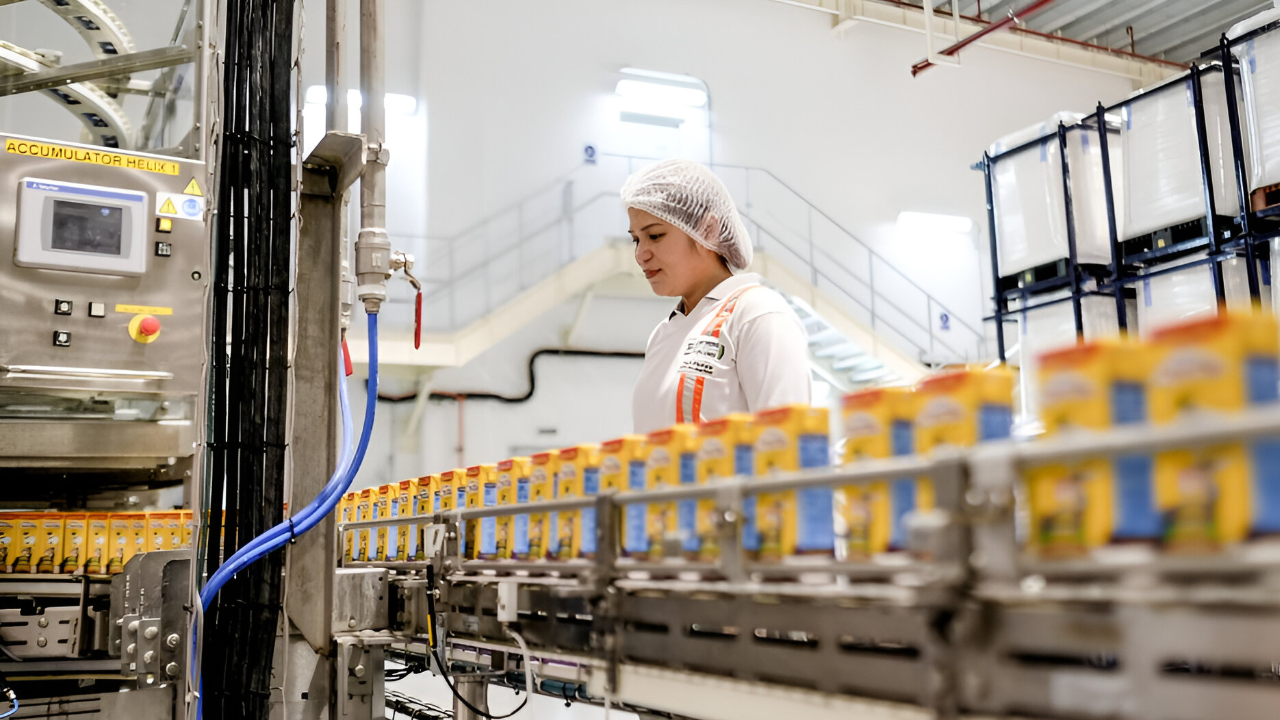
Something big is happening behind the shelves of your local supermarket. The world’s biggest food makers are quietly reinventing their operations, trading hands-on labor for high-tech efficiency.
Global demand hasn’t slowed, but the way food gets made is changing fast. Technology is rewriting the recipe for how global brands survive from factory floors to boardrooms.
A Workforce in Transition
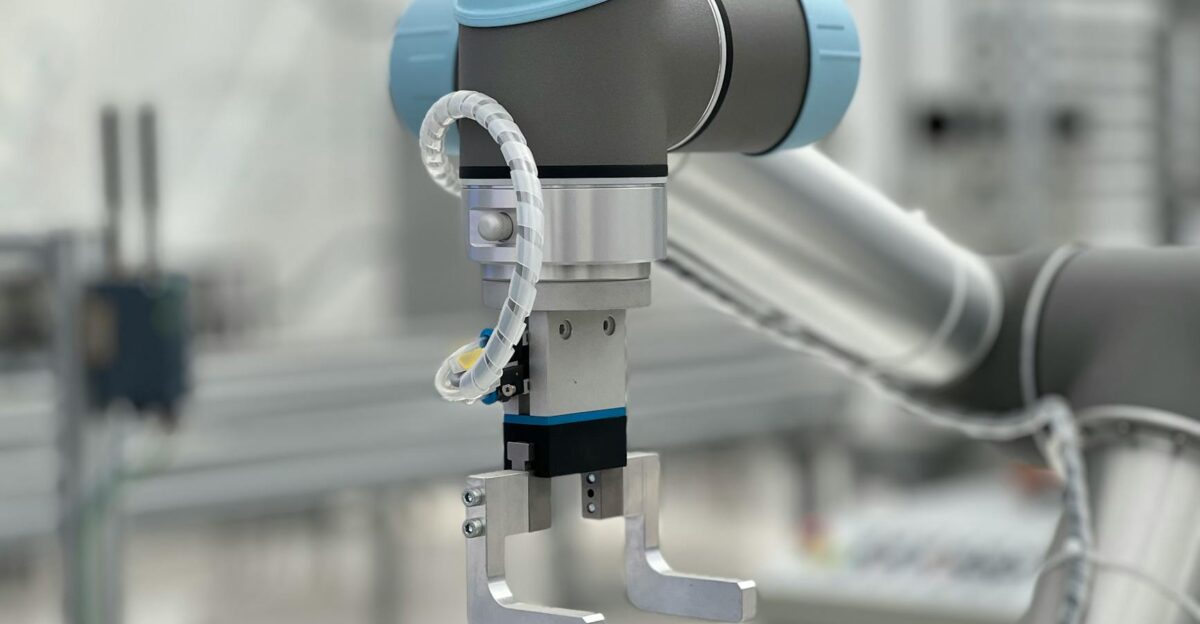
As automation takes the lead, thousands of jobs disappear across offices and factories. Industry insiders say the push isn’t just about cutting costs, it’s about staying alive in a market where AI-driven operations are becoming the norm.
“We’re witnessing a digital industrial revolution in food production,” said retail analyst Mark Price of IGD Retail. “Companies that hesitate risk falling behind.”
A Swiss Giant Makes Its Move
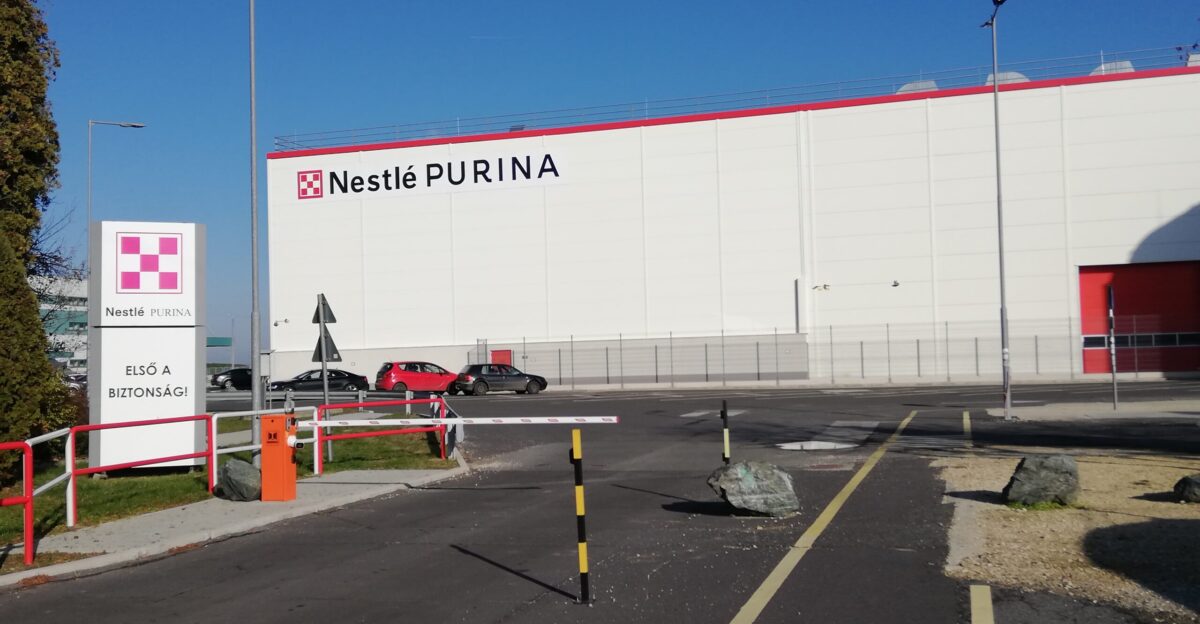
At the center of the shake-up stands Nestlé, the century-old Swiss powerhouse behind everything from KitKat to Nescafé. Known for its deep roots in tradition, the company is now betting its future on machines and data.
Nestlé’s sweeping two-year restructuring marks one of the boldest transformations in its history, and a test of whether legacy can coexist with innovation.
Nestlé Confirms 16,000 Job Cuts

In a statement on Friday, October 17, 2025, Nestlé confirmed plans to eliminate about 16,000 positions worldwide over the next two years, roughly six percent of its global workforce.
The company said the move will “streamline operations and modernize systems,” with a focus on automation and centralized digital management. The numbers are staggering for a company of its scale, but executives insist it’s a necessary evolution.
White-Collar Roles Hit Hardest

The majority of cuts—around 12,000—will come from office-based and administrative teams. Nestlé said automation simplifies reporting and decision-making, which once required a large support staff.
Centralizing functions like accounting and supply management will help the company become faster, leaner, and more globally aligned. For many long-time employees, this is a sobering sign of how quickly corporate structures can shift.
Factories Brace for Change
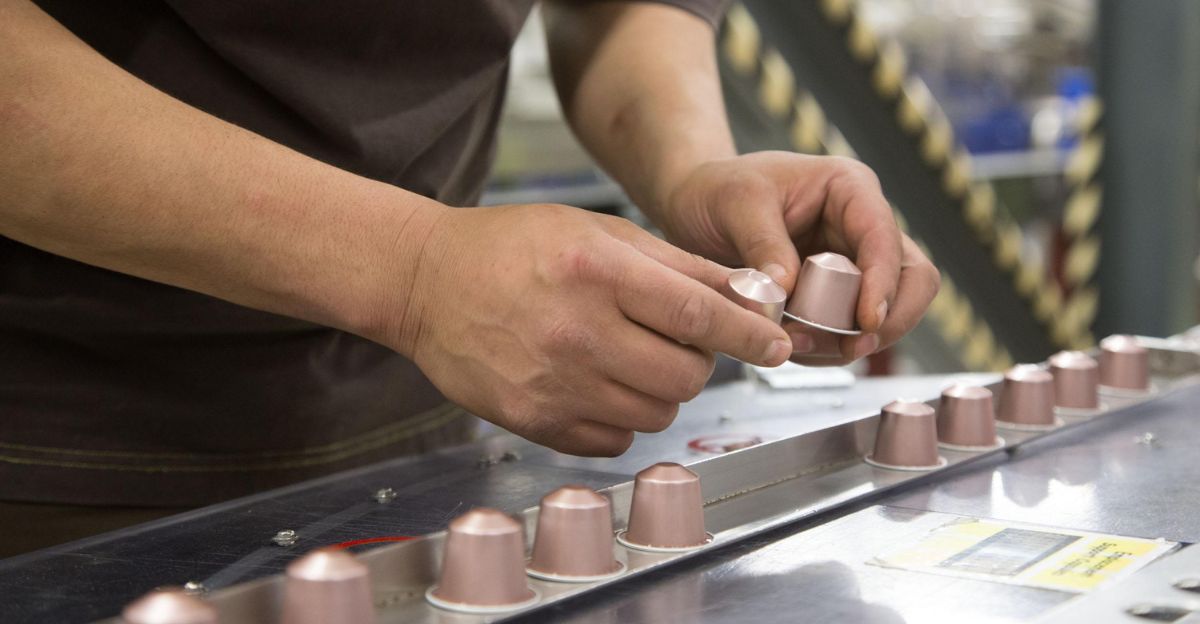
Another 4,000 positions will be trimmed from production and logistics. Nestlé says factory upgrades—using robotics, smart sensors, and digital dashboards—will improve productivity and environmental efficiency.
European labor groups are already in talks with management to understand the impact on local plants. What’s clear is that Nestlé’s modernization is touching nearly every layer of its operations.
Automation Becomes the Main Ingredient
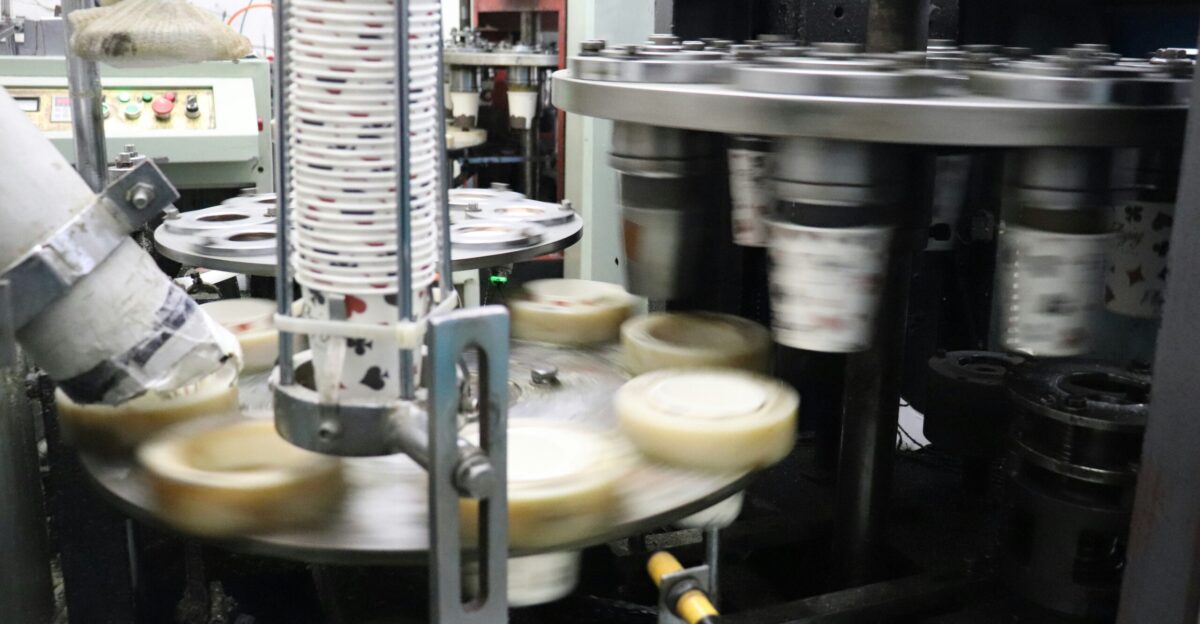
Behind the changes is a clear strategy: automation at scale. Nestlé has poured billions into AI technology over the past five years, using machine learning to forecast demand, manage inventory, and even test recipes in virtual kitchens.
According to the company’s 2024 report, these systems are already shaving weeks off production timelines and helping reduce waste across global supply chains.
The Human Cost of Efficiency

While efficiency may please investors, the toll on workers is harder to measure. Labor economists warn that rapid automation could widen the gap between tech-savvy employees and those left behind. “The shift isn’t just economic—it’s cultural,” said Geneva-based analyst Claire Müller.
“We’re redefining what a job in food manufacturing even means.” For thousands, that redefinition comes with uncertainty.
A New CEO Faces a Defining Test

Philipp Navratil, Nestlé’s newly appointed CEO, is leading this transformation. He took over in September and inherited a proud legacy and a leadership crisis. He called the restructuring “difficult but essential” for long-term survival.
His challenge now is to convince employees, investors, and customers that progress doesn’t have to come at the expense of people.
Leadership Turmoil Set the Stage

According to Swiss newspaper Le Temps, Navratil’s predecessor, Laurent Freixe, was dismissed earlier this year after violating company conduct rules by failing to disclose a relationship with a subordinate.
The scandal shook internal confidence and accelerated demands for a corporate reset. Nestlé’s current overhaul, insiders say, is as much about rebuilding trust as it is about cutting costs.
Profits Hold Steady Amid Upheaval

Despite the internal storm, Nestlé’s balance sheets tell a different story. The company reported a 4.3% rise in organic sales in the third quarter, powered by pet care and confectionery brands.
Executives say the strong results prove the business remains resilient—even as it reinvents itself from the inside out. “We’re transforming from a position of strength,” Nestlé said in a statement.
America Keeps the Engine Running

North America continues to be Nestlé’s powerhouse market. Iconic U.S. brands like Coffee-Mate, Toll House, and Purina have helped cushion the global transition.
According to NielsenIQ data, Nestlé still commands the largest share of the American packaged-food market—a sign that, even amid change, its household staples remain deeply rooted in daily life.
Economic Pressures Pile On

Still, external forces are pushing the transformation forward. Rising ingredient prices, shifting tariffs, and cautious consumer spending have all strained profitability.
Analysts at JP Morgan say these headwinds likely accelerated Nestlé’s automation drive, allowing it to protect margins in an unpredictable economy. In today’s global food market, survival increasingly means adaptation.
Investors Approve the Strategy
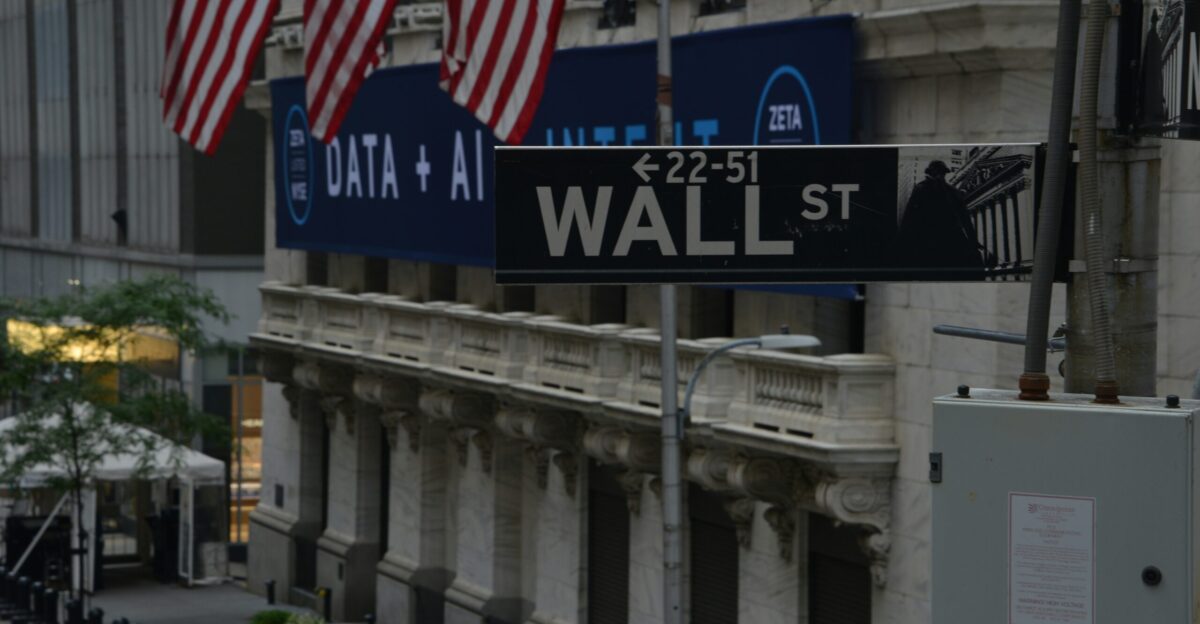
Wall Street seems convinced. Nestlé shares jumped nearly eight percent in early trading following the layoff announcement. Market strategists told Reuters that investors see the cuts as “a disciplined step toward higher profitability.”
The stock bump suggests that efficiency, not expansion, may be the new growth story for global consumer giants.
Industry Giants Take Note
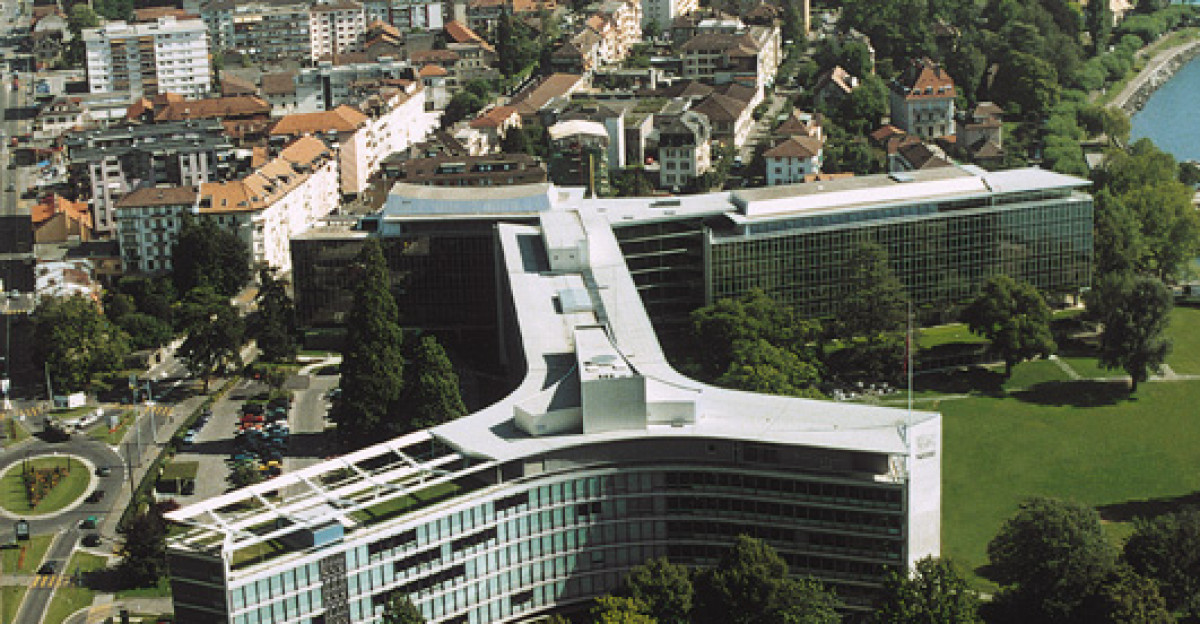
Nestlé isn’t alone in this pivot. Unilever, PepsiCo, and Kraft Heinz have each begun merging departments and embedding AI systems into their operations. Analysts describe it as a “digital domino effect”—as one global player automates, others follow to stay competitive.
Once driven by recipes and relationships, the food industry is now being coded in algorithms.
Workers Demand Protection

Unions across Europe and Asia call for clearer guarantees on severance, retraining, and relocation. Nestlé has pledged to offer “support and skill-building” for displaced employees, though details remain sparse.
France’s CFDT union said it would “monitor implementation closely” to ensure commitments match reality. Workers, meanwhile, are bracing for what many call the “new normal” of corporate modernization.
What Shoppers Might Notice

For consumers, the change will likely unfold quietly. Favorite products aren’t disappearing, but behind the scenes, smarter logistics may mean faster restocks and fewer shortages. Some packaging or labeling could evolve as digital tracking reshapes production.
“Consumers won’t feel it overnight,” said retail analyst Hannah Clarke. “But the food aisle is becoming more connected—and more automated—than ever.”
Balancing Innovation with Trust

Nestlé has spent over a century building its image on reliability and comfort, which makes this digital leap especially delicate. As machines take on more roles, the company must convince families that its values remain human at heart.
Maintaining that emotional bond between consumer and brand could prove just as critical as any efficiency gain.
AI Becomes the New Taste Tester
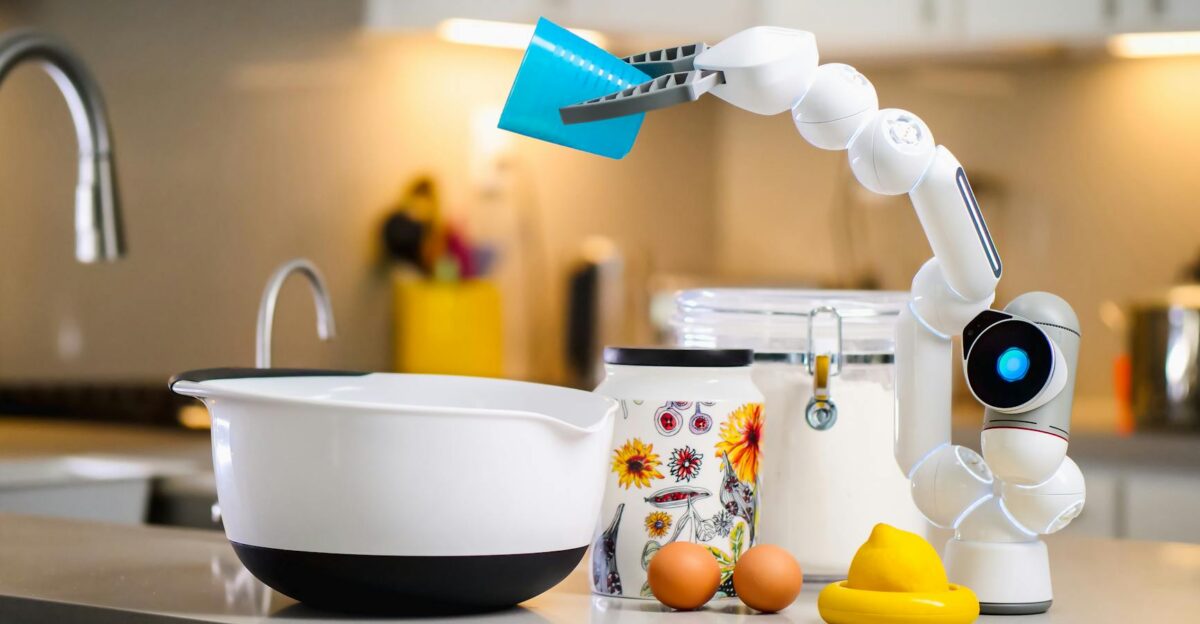
Artificial intelligence isn’t just crunching data; it’s influencing flavor itself. AI models now help test new recipes, predict regional taste trends, and optimize product launches months in advance.
Nestlé’s embrace of such tools signals how deeply technology is now baked into modern food-making. What once took teams of chefs and analysts now happens in seconds of simulation.
A Defining Moment for the Future of Food
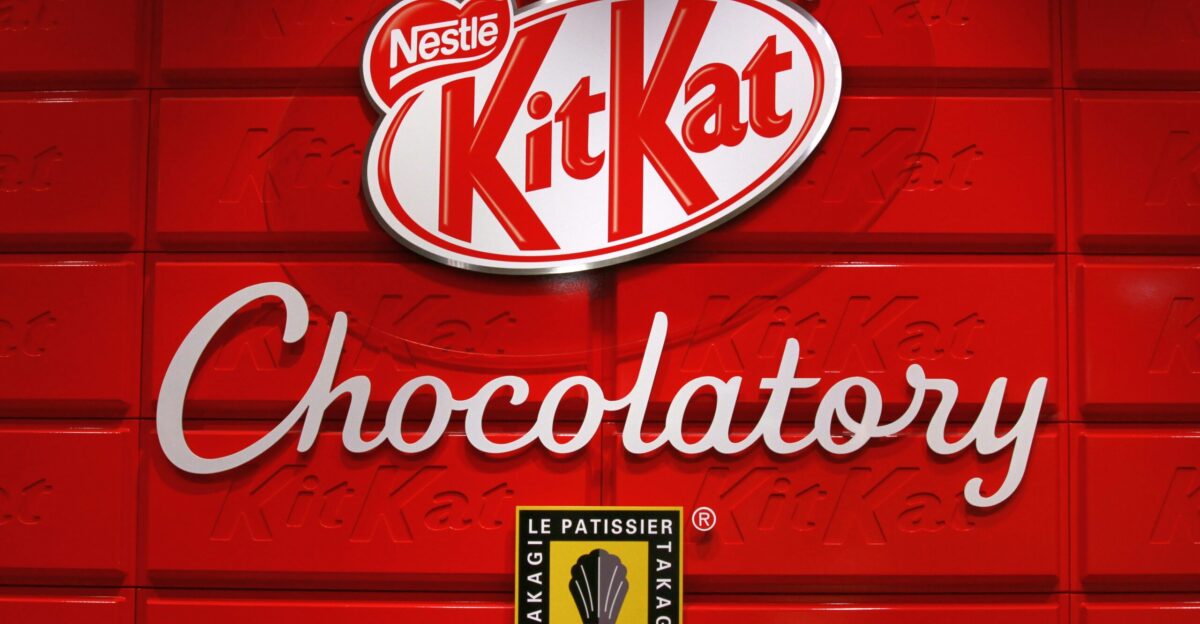
Nestlé’s restructuring marks more than a cost-cutting exercise; it marks a crossroads for the entire food industry. As automation redefines how billions of people’s meals are produced, questions about jobs, innovation, and identity hang in the balance.
Whether Nestlé’s gamble becomes a blueprint or a cautionary tale will depend on how well it can blend progress with purpose.